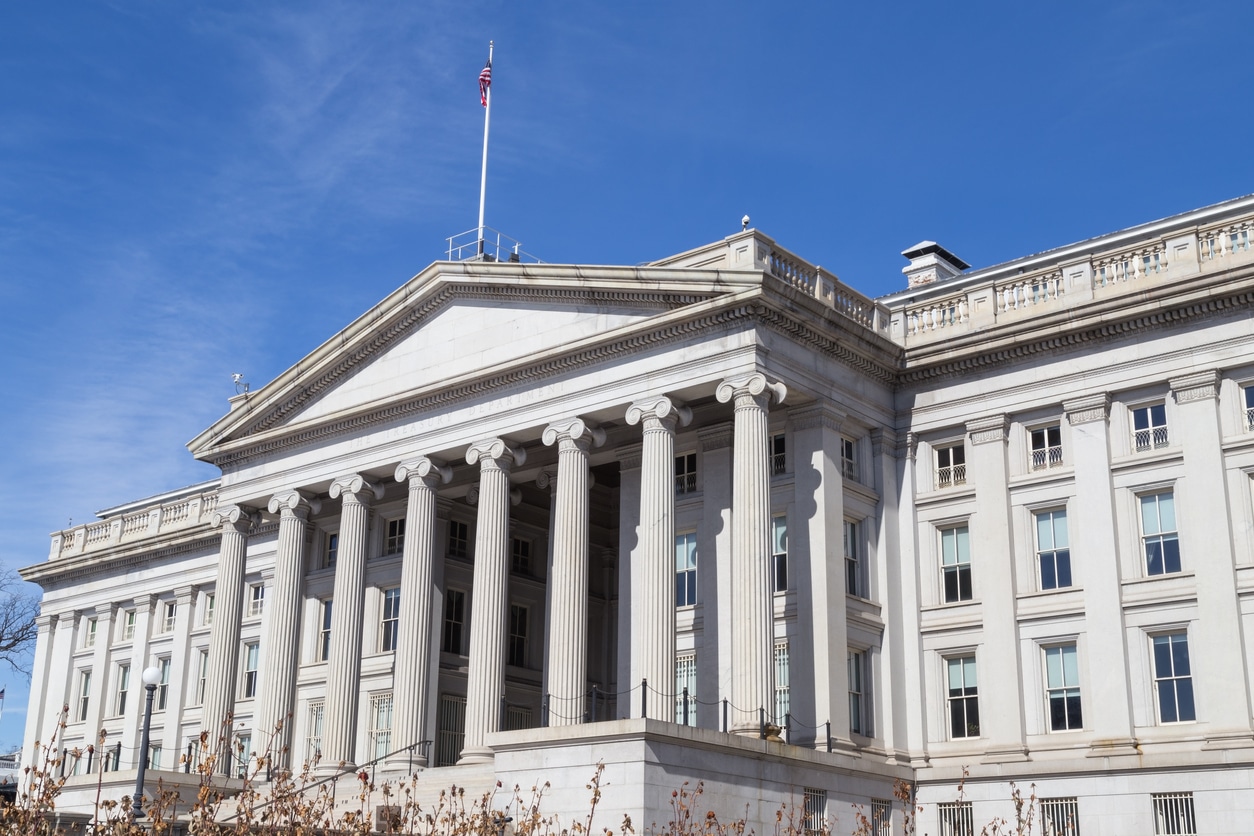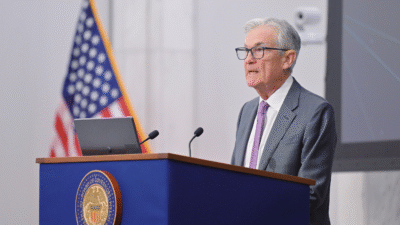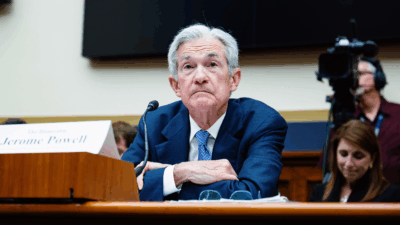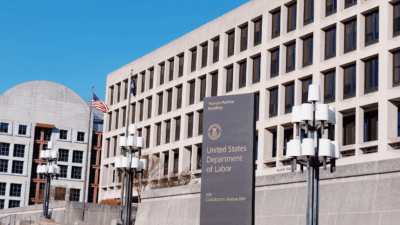
Sign up for smart news, insights, and analysis on the biggest financial stories of the day.
Treasury Secretary Janet Yellen warned earlier this week that the U.S. economy was staring directly into a “catastrophe” as the debt ceiling closed in. Now, it’s more staring semi-comfortably from a safe distance at one.
On Thursday, Democrats and Republicans reached an agreement to raise the ceiling, warding off a government default that could have plunged global markets into unprecedented chaos. The downside: it only lasts until December.
Kicking The Can Down the Road
On paper, the ceiling is a boring technicality — a limit placed by legislators on the amount of national debt the U.S. Treasury is allowed to hold. In reality, that’s massively consequential.
If the Treasury were to hit the ceiling, it would struggle to finance the biggest government in the world. Goldman Sachs estimates it would have to halt 40% of payments. That would disrupt Social Security, federal workers’ paychecks, and of course debt obligations. All of this is why the ceiling used to be raised with little incident and on a mostly bipartisan basis. In the last decade, however, a hyper-partisan Congress has made things testier:
- In 2011, S&P downgraded America’s credit rating from triple-A to double-A when Congress came perilously close to not raising the ceiling. As a result, the Treasury’s borrowing costs increased $1.3 billion that year, according to the Government Accountability Office.
- Thursday’s agreement to kick the can down the road for two months came after weeks of bickering between Republicans and Democrats over technicalities. Unsurprisingly, both sides took credit for the temporary resolution.
The More You Know: Despite all the heated rhetoric about fiscal restraint, raising the debt ceiling doesn’t actually authorize any new spending. What it does do is let the Treasury raise money to pay for things the government already said “yes” to — for example, $900 billion in ongoing Covid relief programs.
For now, we can look forward to this same argument playing out again in 60 days’ time — a Congressional gift for Christmas.











